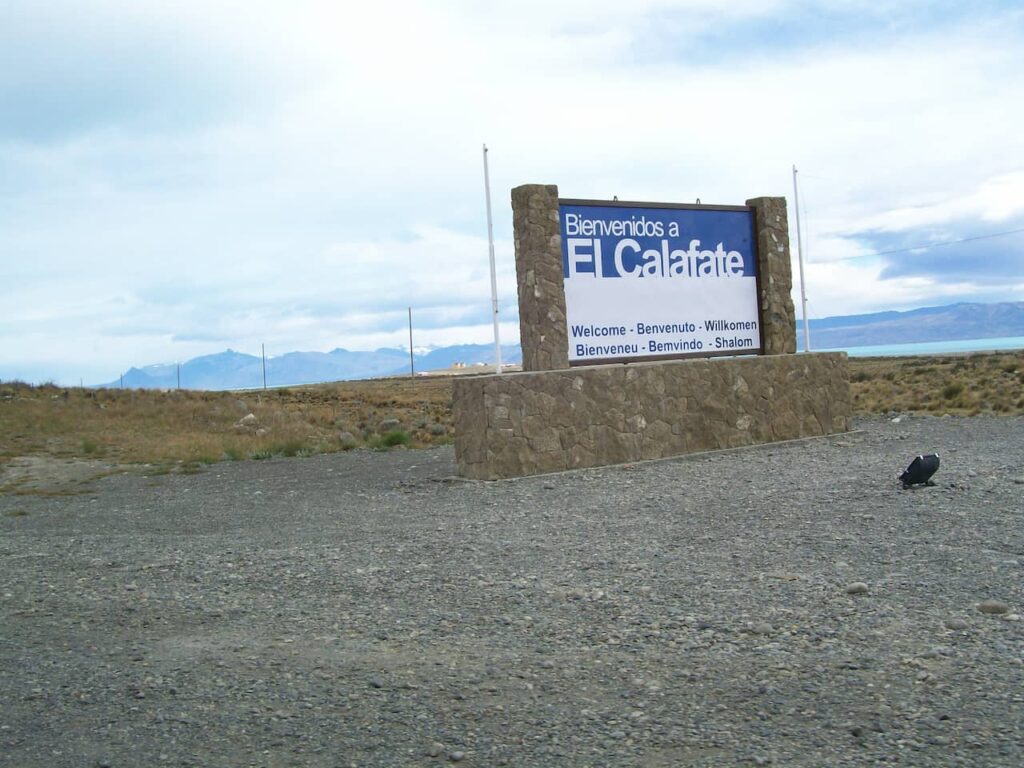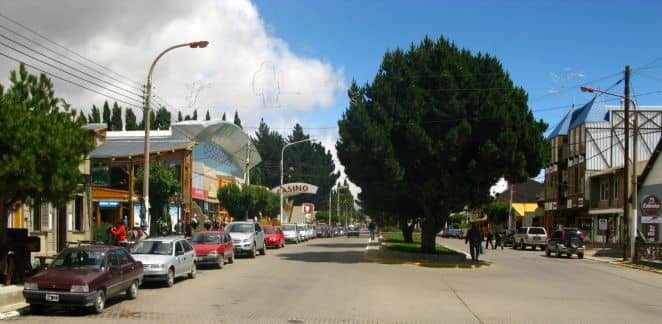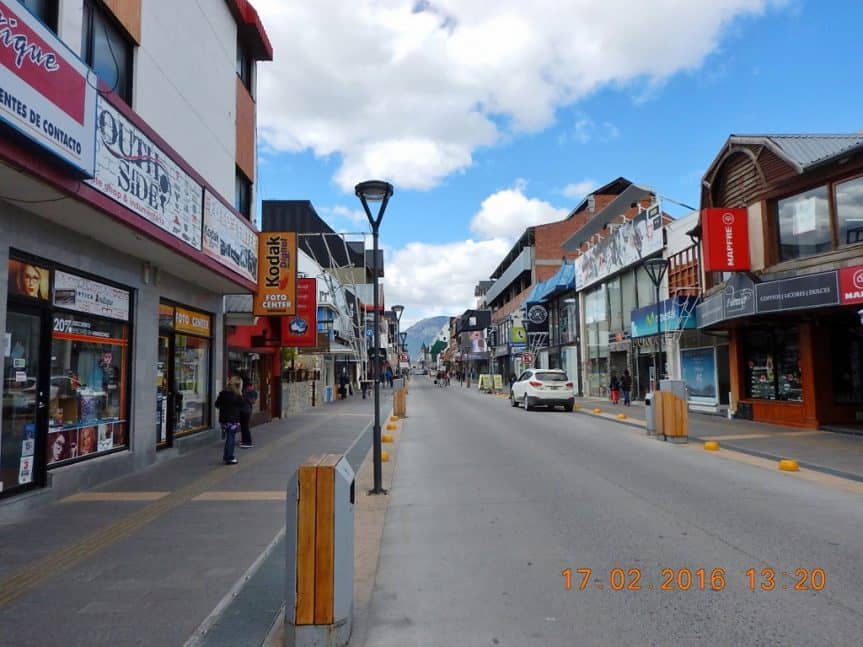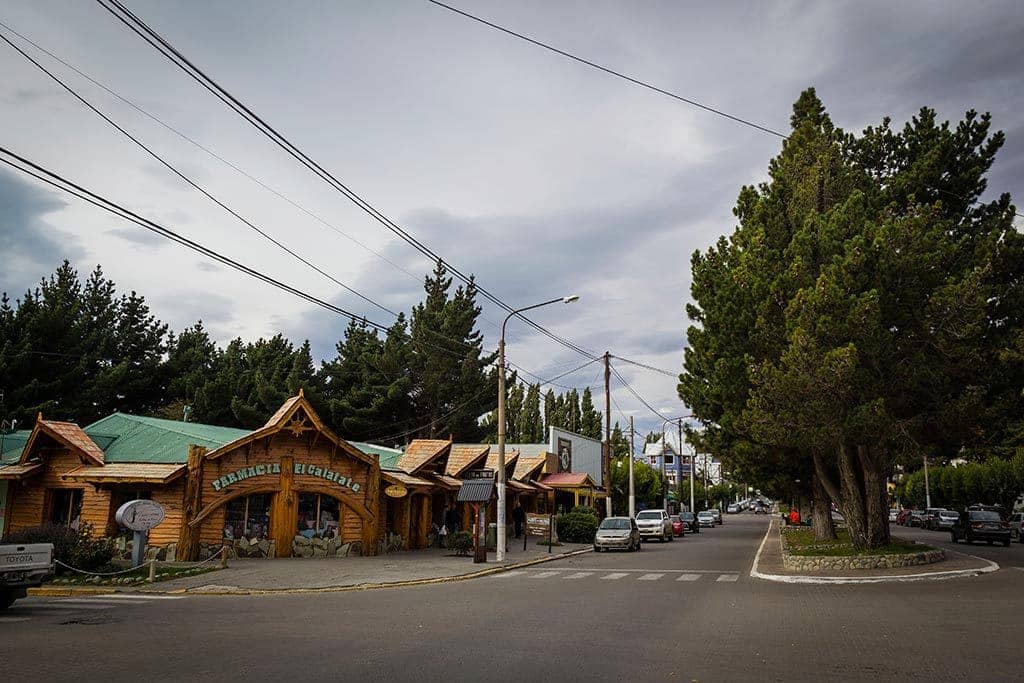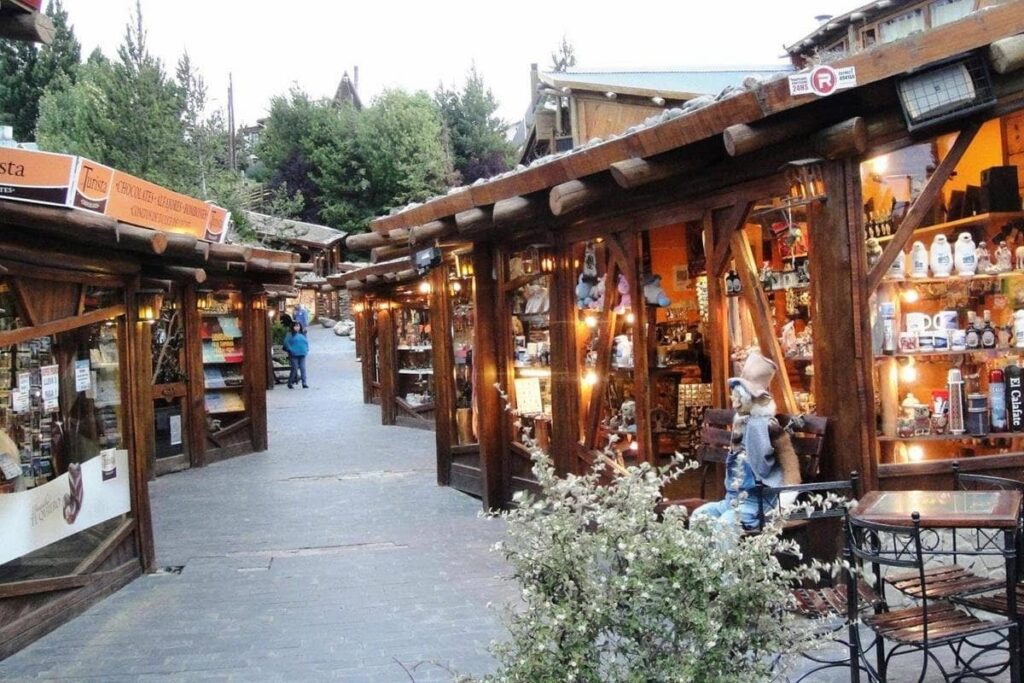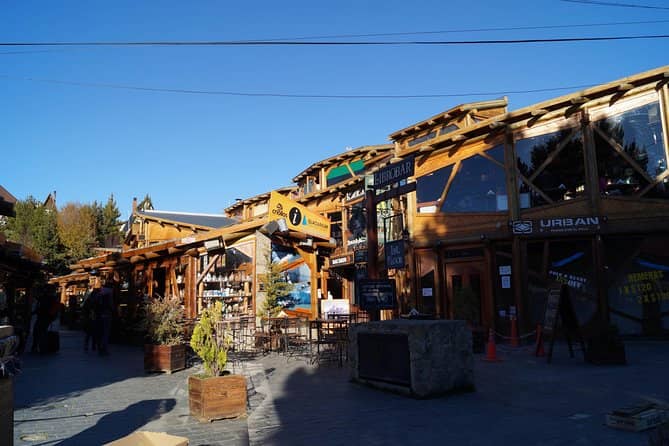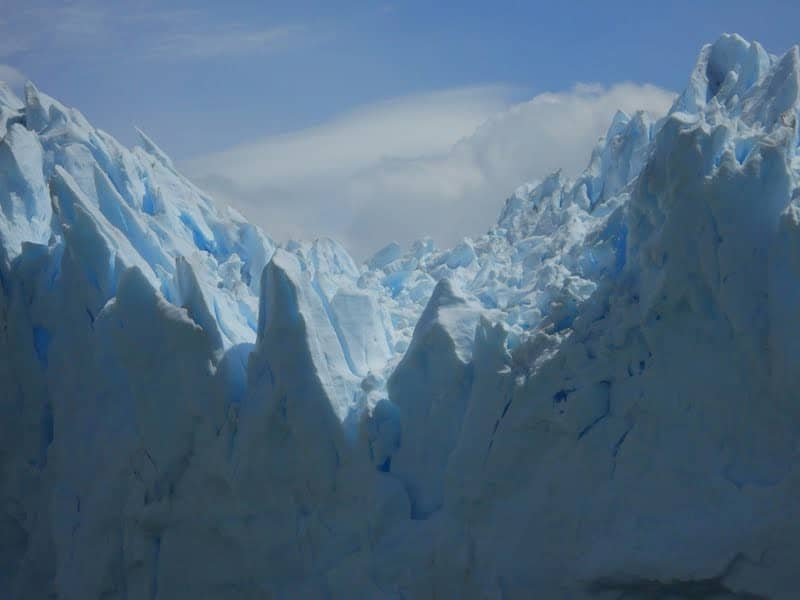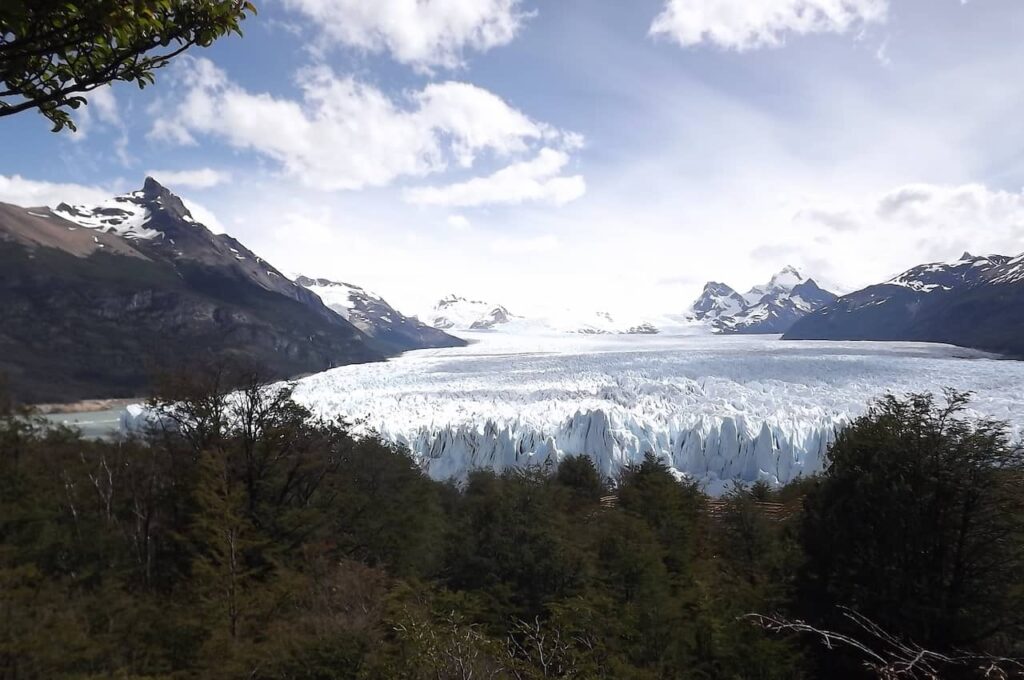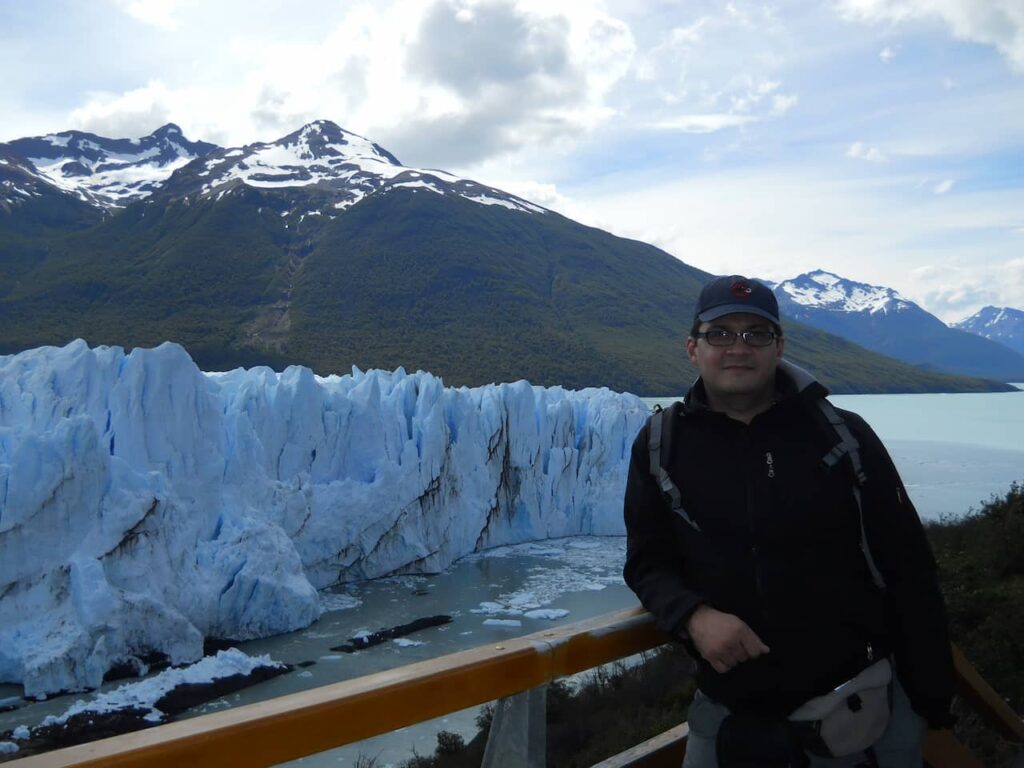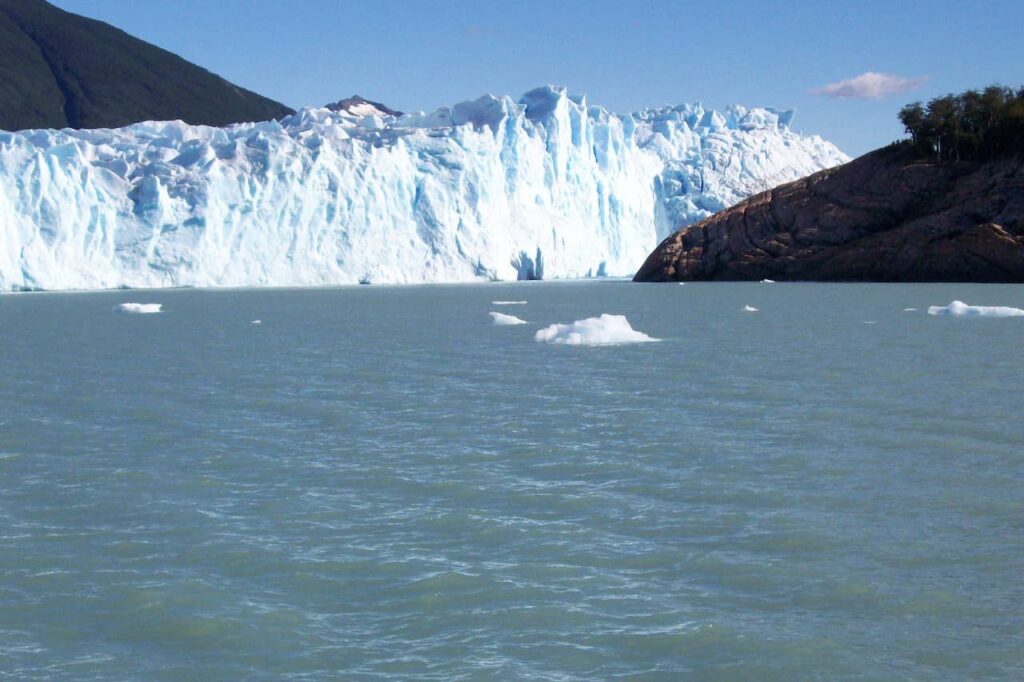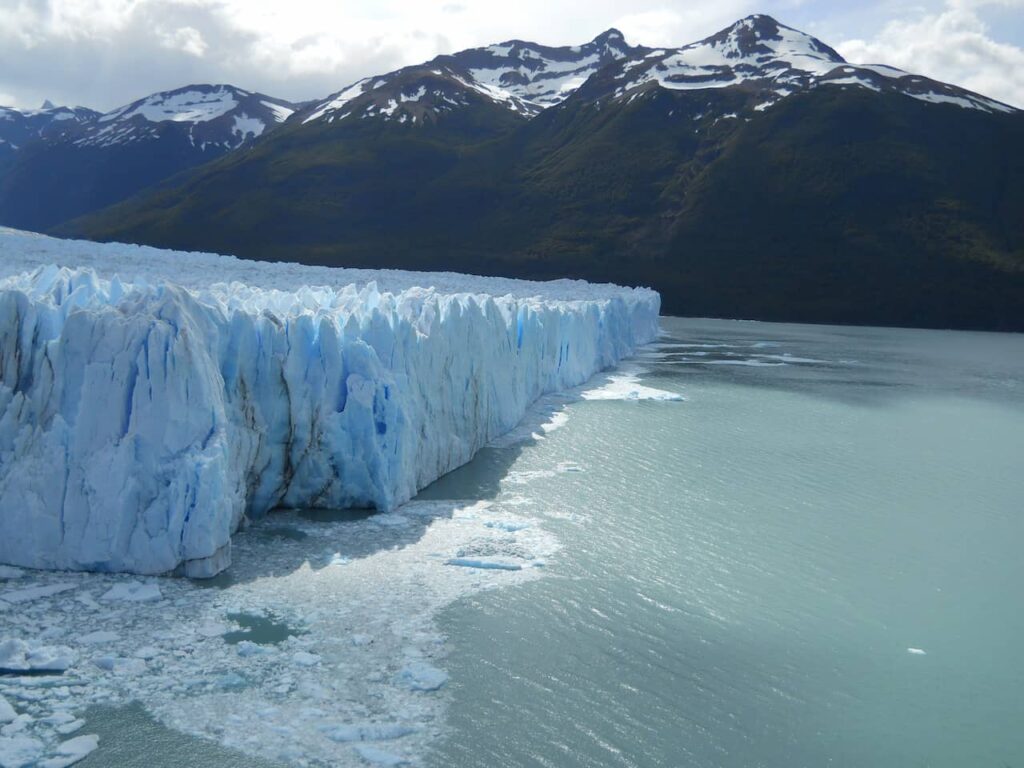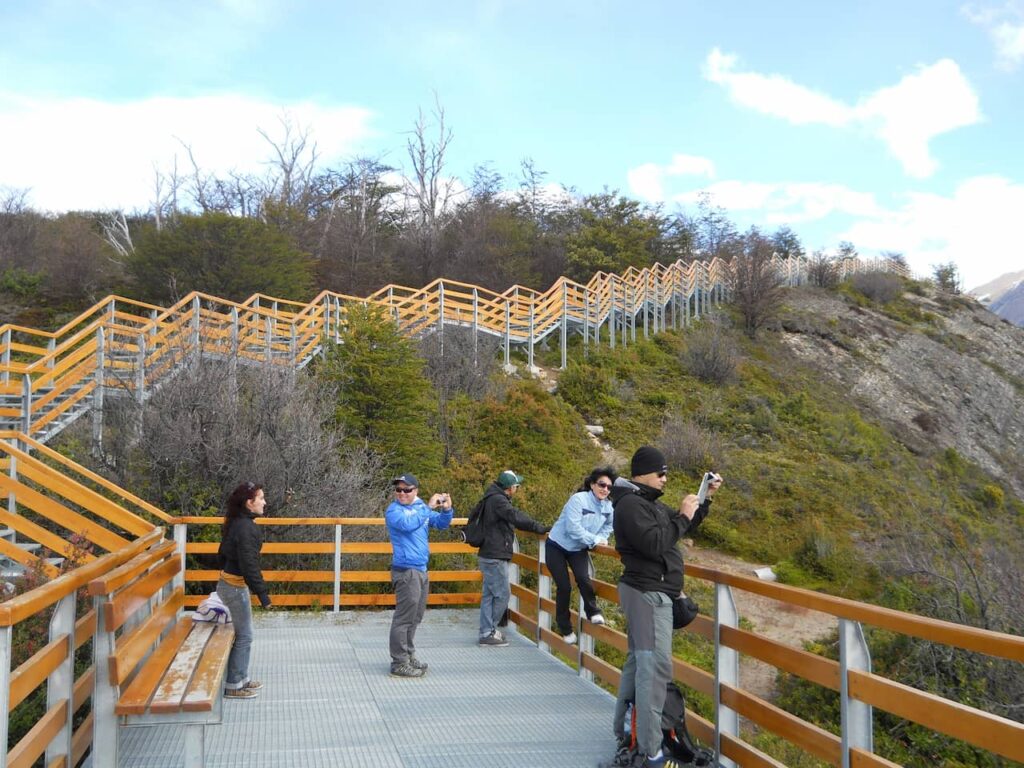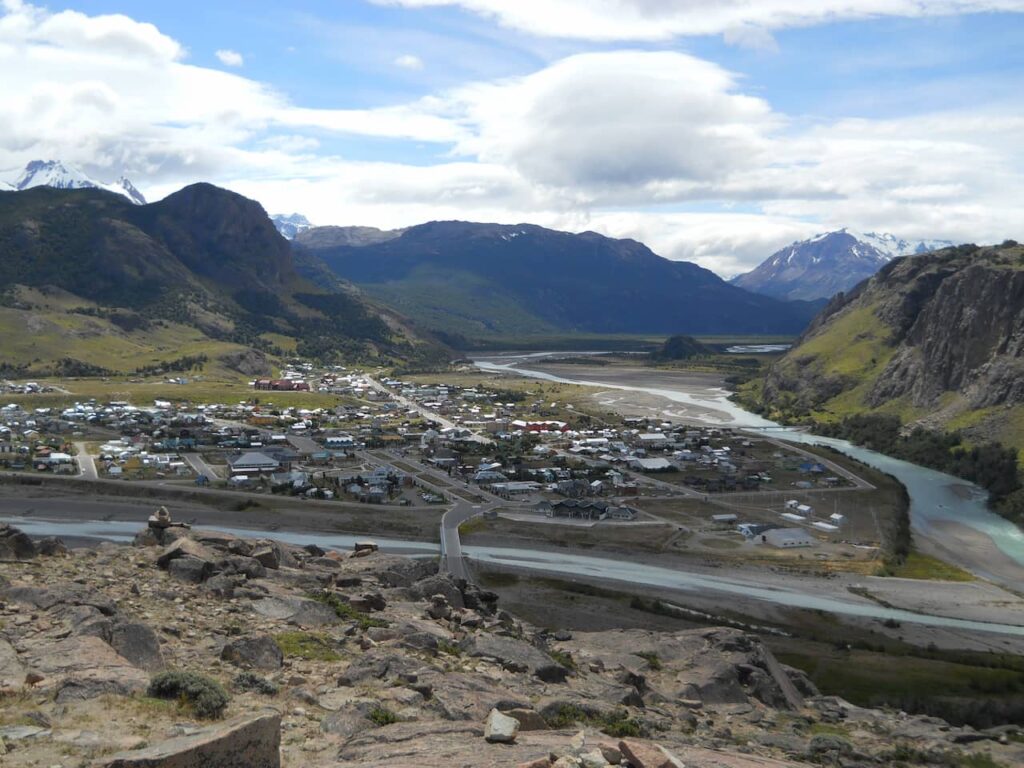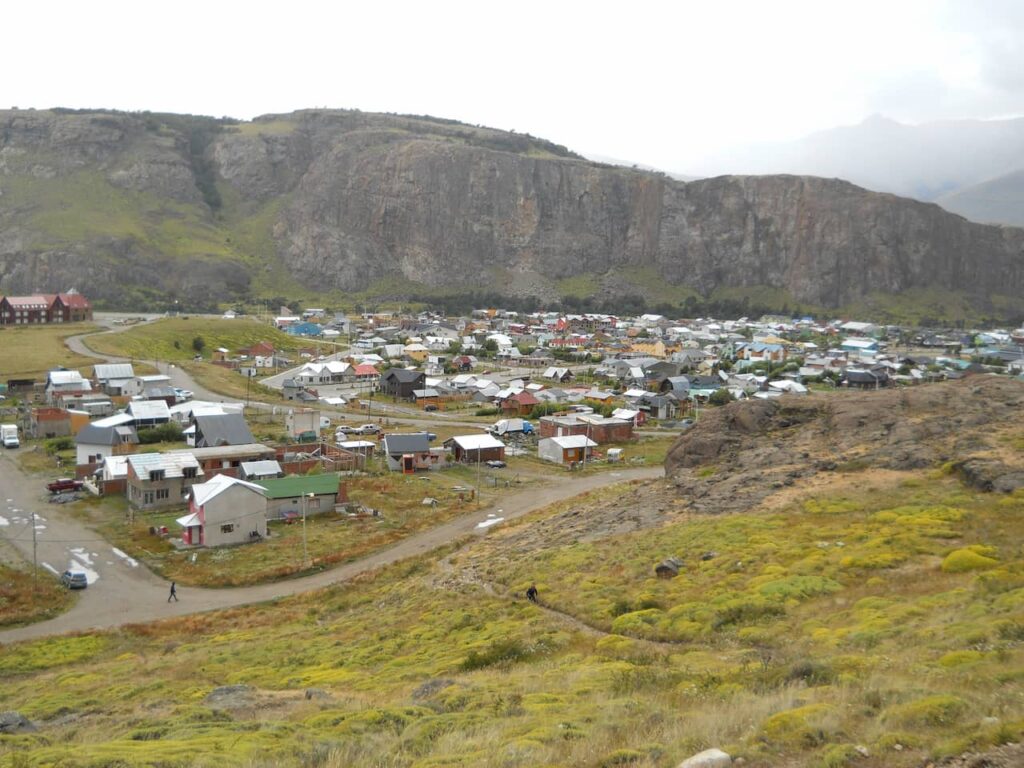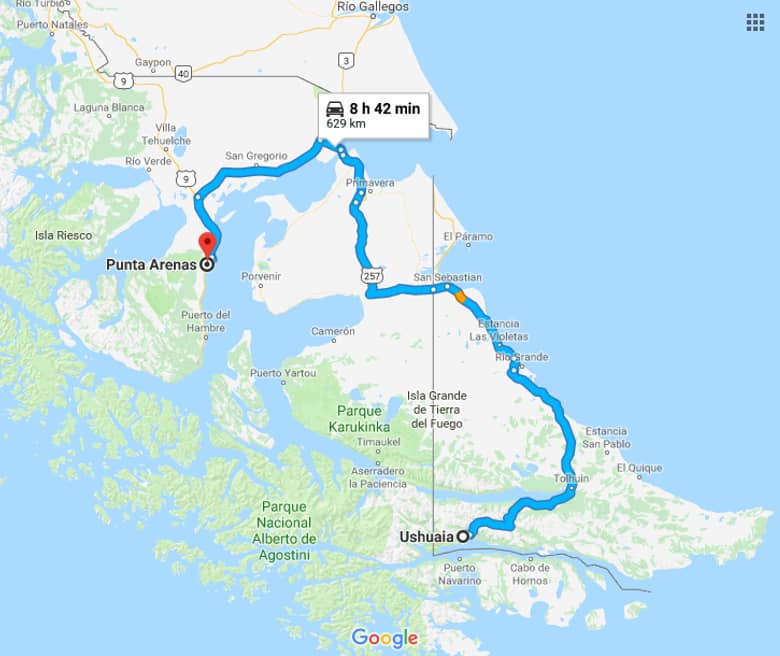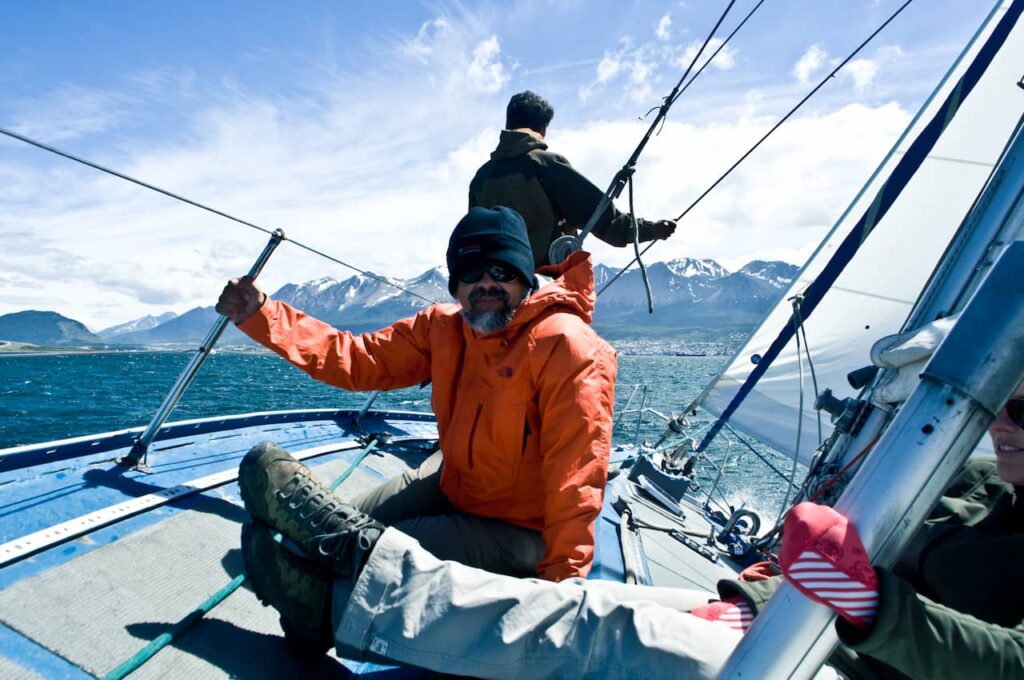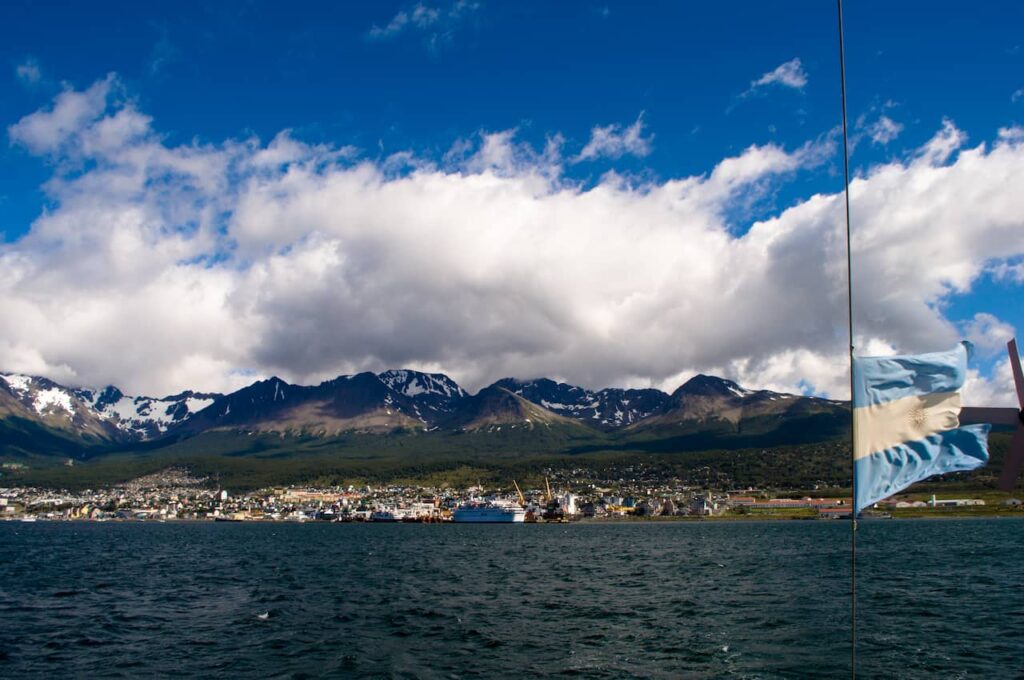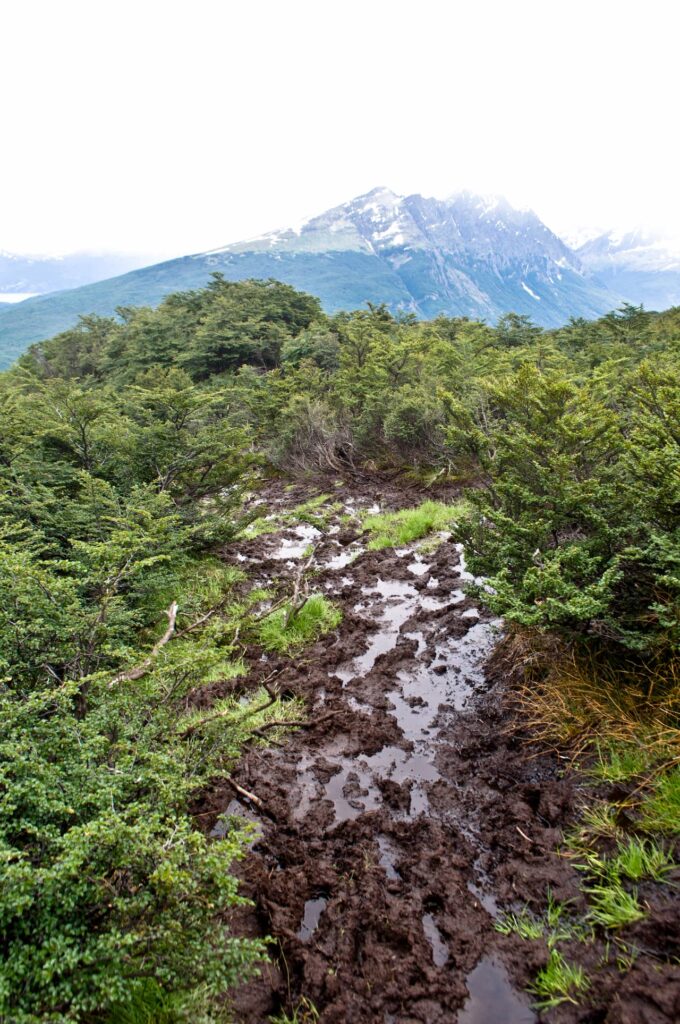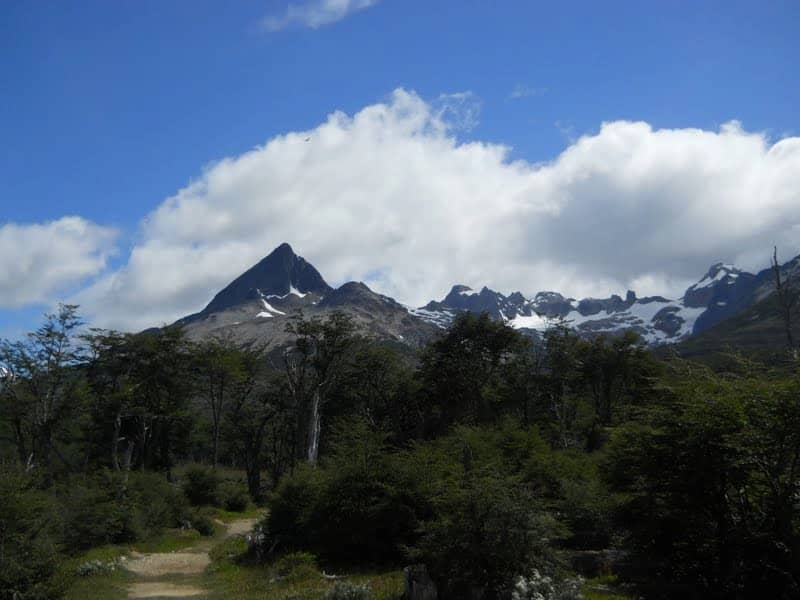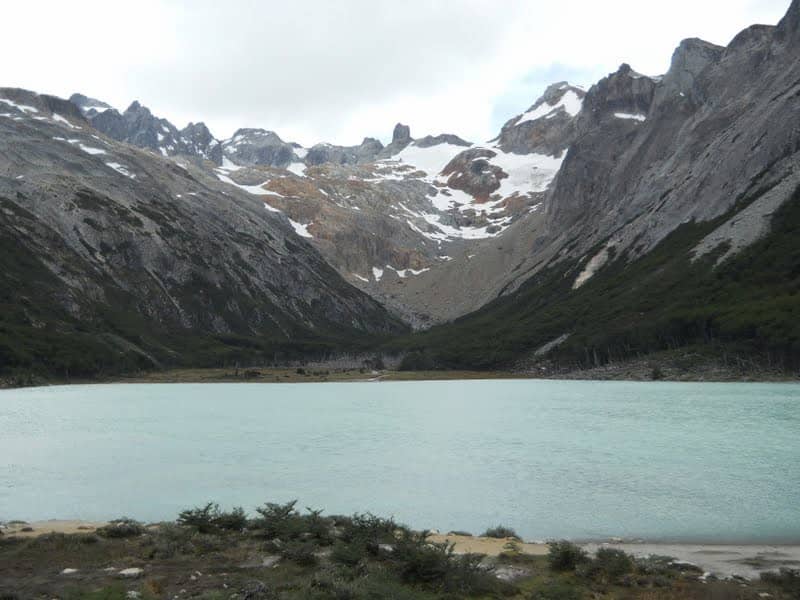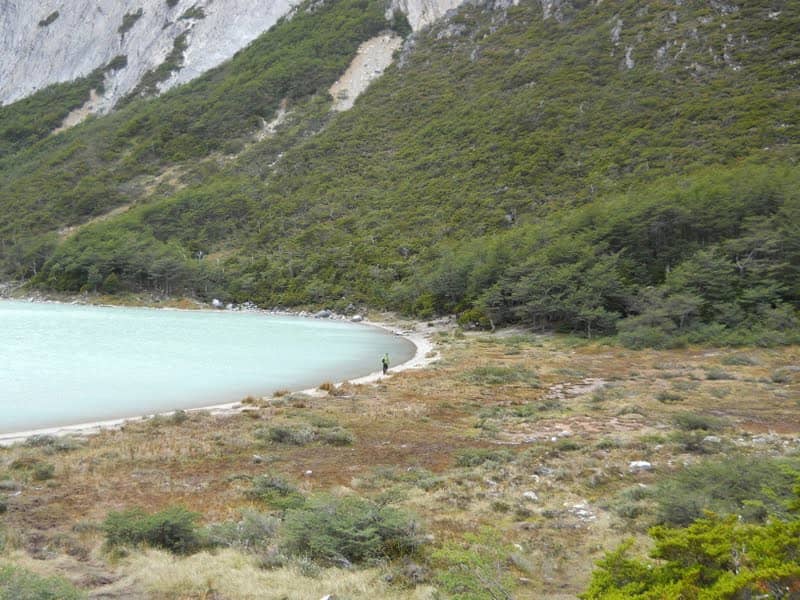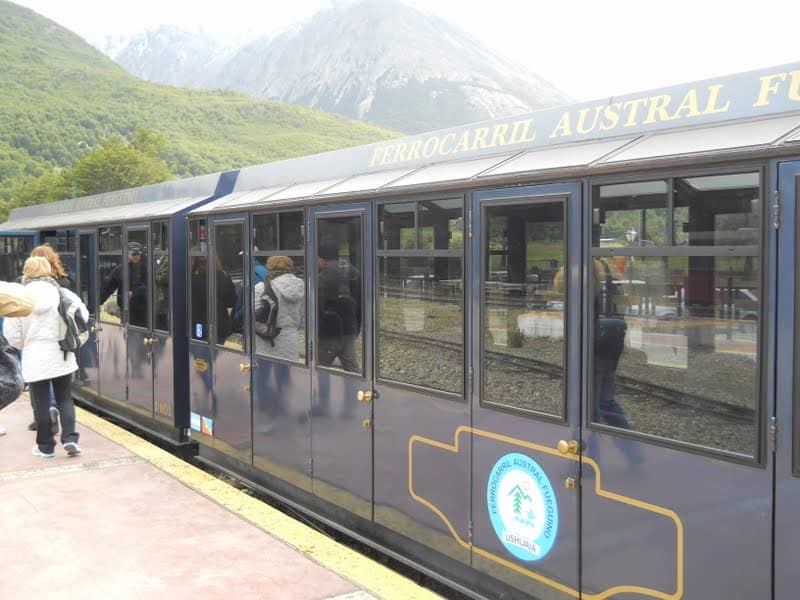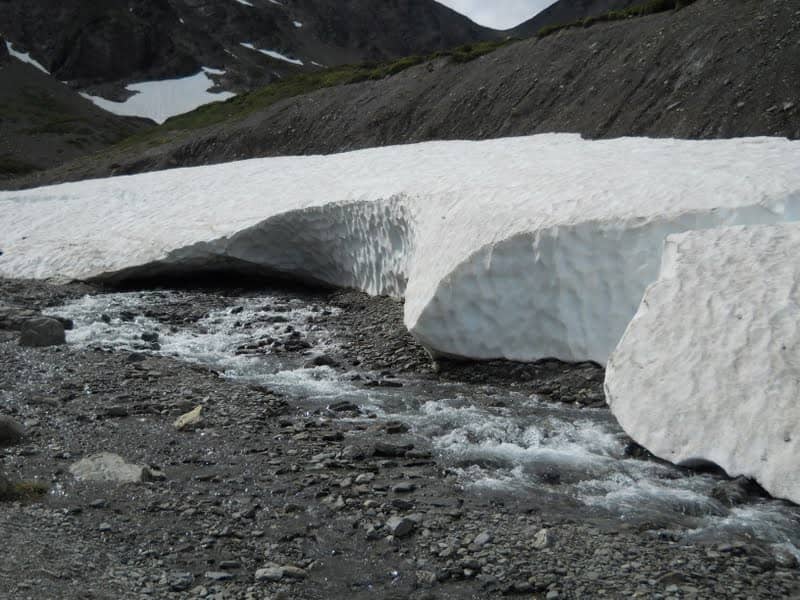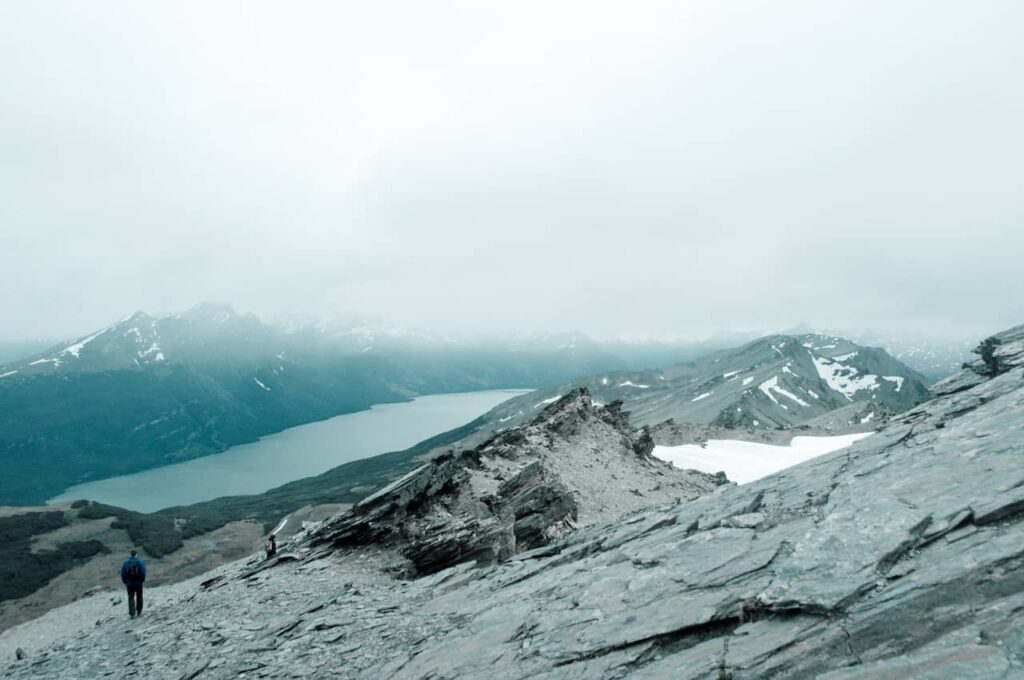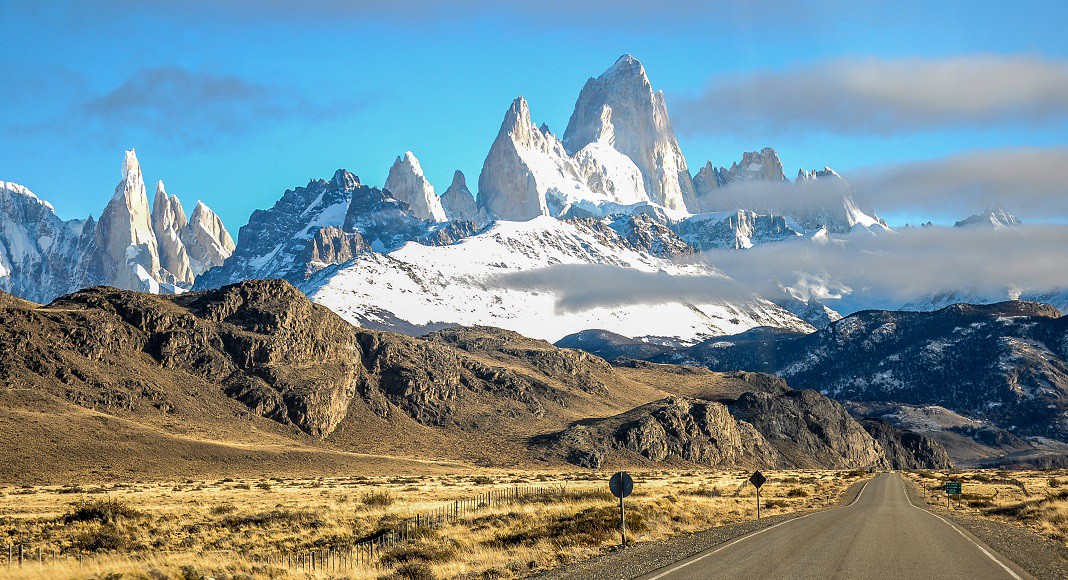
Why did I choose Argentine Patagonia?
After tackling tough high-altitude trails, such as the Cordillera Blanca in Peru and Aconcagua in Argentina, I was ready for something different. I wanted a challenge without having to climb mountains in thin air.
That’s when the idea came to me: to do the O circuit of Torres del Paine, in Chile — one of the most traditional trails in South America, and without altitude. But since I never travel just to see a place, I decided to expand the itinerary. I got together with friends and we started designing a route through Patagonia.
Argentine Patagonia, together with Chile, forms one of the most incredible regions in South America. Crossed by the Andes Mountains, it offers completely different landscapes on each side. While the Chilean side is famous for its fjords, glaciers and temperate forests, the Argentine side is dominated by arid steppes, icy deserts and seemingly endless grasslands.
Since each friend had his or her own schedule, we agreed to meet at certain key points. The only fixed meeting point would be in Puerto Natales, the starting point for the famous Torres del Paine trek. From there, I created my own route: exploring Argentine Patagonia, then the O circuit in Chile, and finally heading to Ushuaia.
Perito Moreno Glacier: the force of nature up close.
My trip began with Alessandro, leaving from São Paulo. We flew to Buenos Aires, made a quick stopover in Bariloche and continued on to El Calafate — the true gateway to Argentine Patagonia.
Although El Calafate is not a city full of attractions, it is the ideal logistical hub for exploring the region. It has great infrastructure, comfortable hotels, good restaurants and several travel agencies.
But, curiously, almost no one takes photos of the city. Neither do I. I took some images from the internet just to illustrate.
The big star there is Los Glaciares National Park, where the imposing Perito Moreno glacier is located, one of the most striking landscapes in Argentine Patagonia.
Perito Moreno Glacier
The Perito Moreno Glacier is impressive at first sight. Approximately 5 km wide and 60 meters high, it is considered one of the largest freshwater reserves on the planet. And the most incredible thing? It is practically right next to the road.
The walkway structure makes everything easier. You can walk calmly, take spectacular photos and feel the immensity of the place, all without physical effort. If you want to get closer, there are boat tours and walks on the ice.
I opted for the boat. The walk offered was short, and I preferred to save my energy for the following trails. Even so, the experience was unforgettable. Seeing those blocks of blue ice breaking off the glacier is something hard to forget.
El Chaltén: trails, mountains and adventure
We continued on to El Chaltén, the trekking capital of Argentine Patagonia. The city is small, simple and charming, with an air of adventure.
It is home to Fitz Roy and Cerro Torre, mountains that attract climbers from all over the world. Even though they are not very high, these mountains are extremely technical and dangerous. For professionals. Me? I just stood there and watched, and what a view!
The famous continental ice crossing also begins there, and part of our group decided to take on this challenge. Alessandro and I took the opportunity to explore the shorter trails.
Hiking in El Chaltén: day hikes for all levels.
El Chaltén is a hiking paradise. Since we didn’t have much time, we chose one-day trails. We hiked the Laguna de Los Tres and Laguna Torre trails. Both offer stunning views of the mountains, glacial lakes, and green valleys. The weather changes all the time, so it’s always good to be prepared.
After enjoying the city, the trails, and meeting up with the people from the crossing, we returned to El Calafate. From there, we took a bus to Puerto Natales, in Chile, where we did the Torres del Paine O circuit, but that’s a story for another post.
Heading south: from Puerto Natales to Ushuaia
After finishing the trail in Torres del Paine, Alessandro had to return to Brazil. I planned to continue on to Ushuaia alone, but Gabriel decided to accompany me. We took a bus to Punta Arenas and then another to Ushuaia.
The trip was long, about 12 hours, but peaceful. We passed through the Strait of Magellan, crossed the border between Chile and Argentina, and arrived at our destination at dusk.
Ushuaia: the city at the end of the world.
Ushuaia is the southernmost city on the planet. It is located between the snow-capped Andes Mountains and the Beagle Channel, just 1,000 km from Antarctica. The climate is changeable, but the city is vibrant and full of life. It is also the ideal base for exploring the extreme south of Argentine Patagonia.
Among its attractions, you will find museums, ski resorts (in winter) and, of course, many trails.
Laguna Esmeralda Trail: breathtaking views.
We took a van to Valle de Lobos, a winter sports center. From there, we started the trail to Laguna Esmeralda. The path is easy, but quite muddy (or icy, depending on the season). Waterproof boots make all the difference.
The climb at the end is a little more demanding, but not impossible. The prize? A lagoon surrounded by snow-capped mountains, with a greenish color that looks fake. It was one of the most beautiful places I saw in all of Argentine Patagonia.
The trail is quiet, but it has a lot of mud or ice depending on the season you are there. A waterproof boot helps a lot. Only at the end is there a bit of a climb, for us there was a lot of clay and as we had the right boots, it wasn’t too bad.
The lagoon has a very beautiful view of the mountains.
Tierra del Fuego National Park and the End of the World Train
The last adventure was in Tierra del Fuego National Park, one of the jewels of Ushuaia. It covers more than 63 thousand hectares of preserved nature, with trails for all levels and landscapes that combine mountains, rivers, forests and sea.
The best way to get there is by taking the End of the World Train. Originally built to transport prisoners, today it takes tourists through 7 km of cinematic landscapes.
The park is the end of Route 3, which starts in Buenos Aires and runs through all of Argentine Patagonia until it ends there, at the end of the world. We picked up a map at the visitor center and set off to explore.
We walked all the way to the border with Chile, enjoying every meter of the trail.
Time to go home.
After so many trails, stunning landscapes and unique experiences, it was time to go back. Argentine Patagonia surprised me in every detail — from the giant glaciers to the silent trails, from the strong winds to the small towns full of character.
It was an intense but light journey. Wild but welcoming. And without a doubt, one of the most memorable trips I have ever taken.

